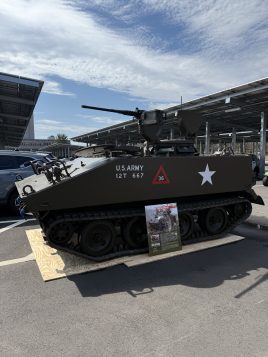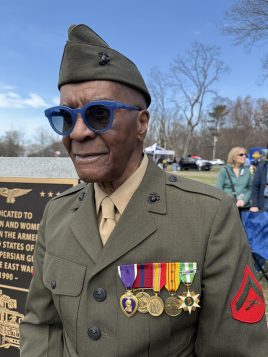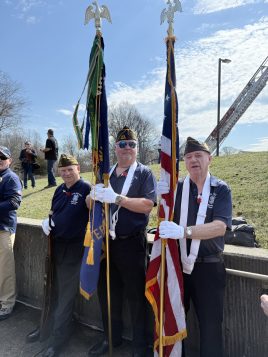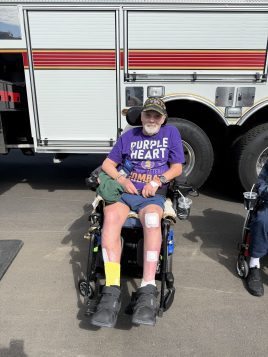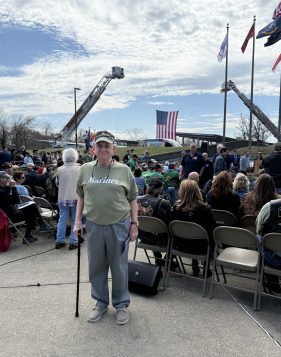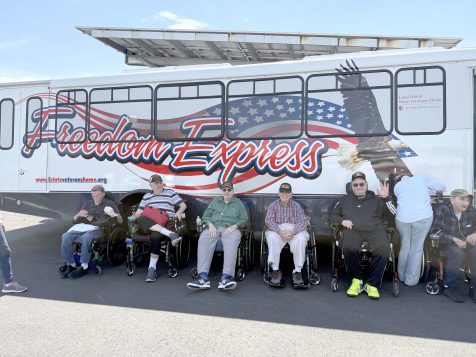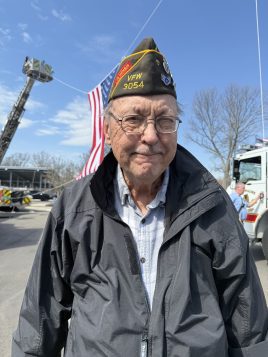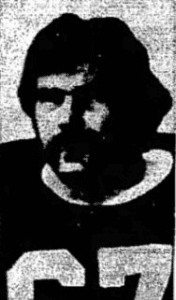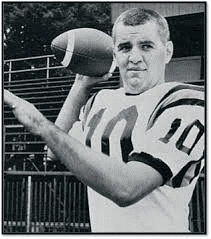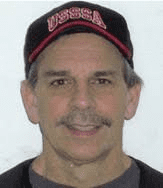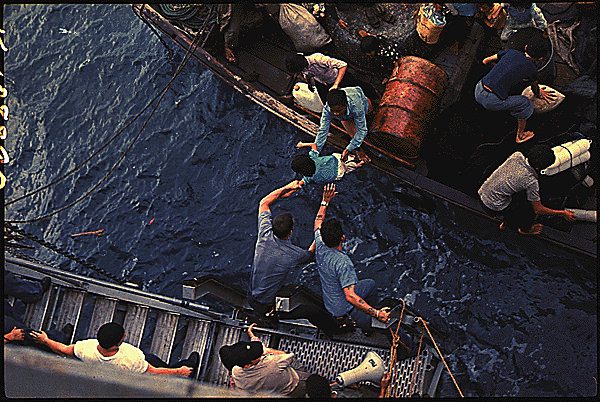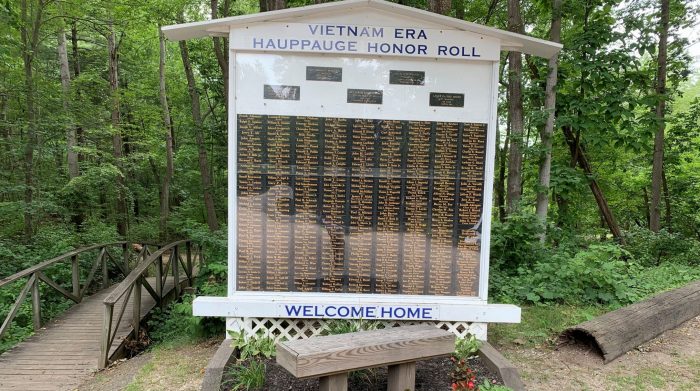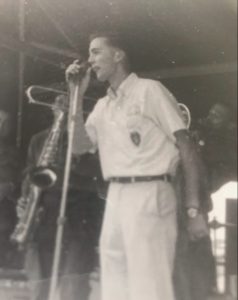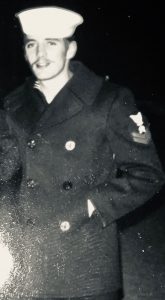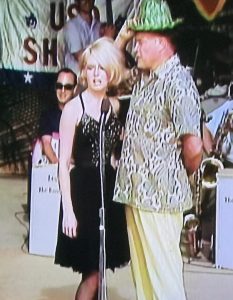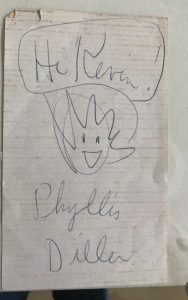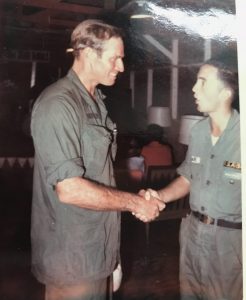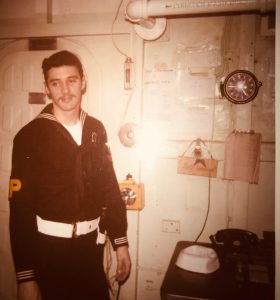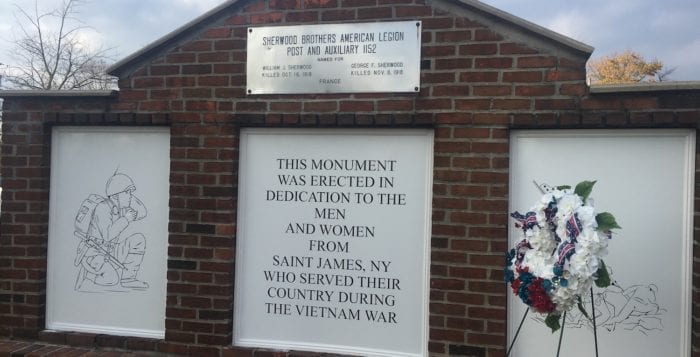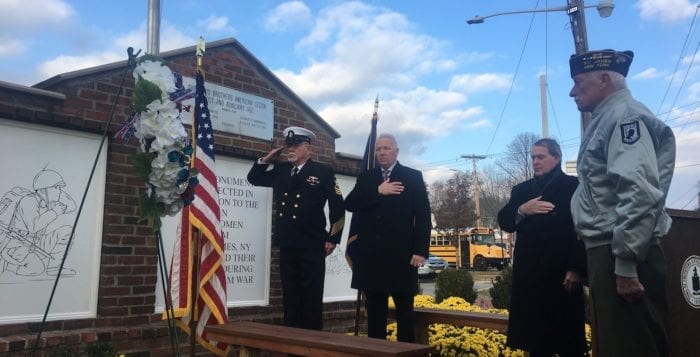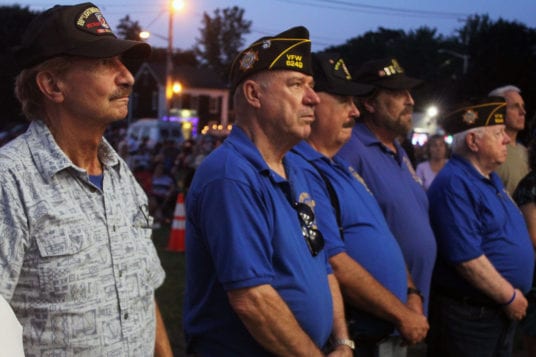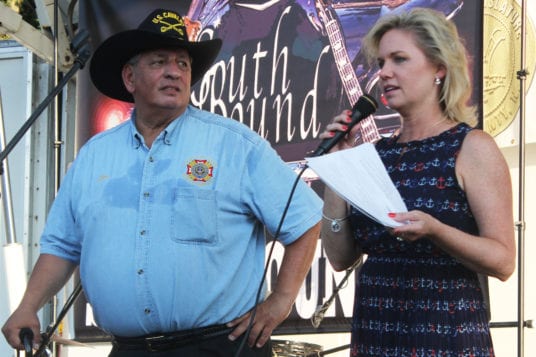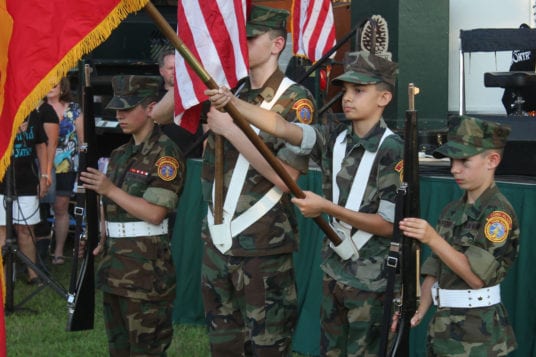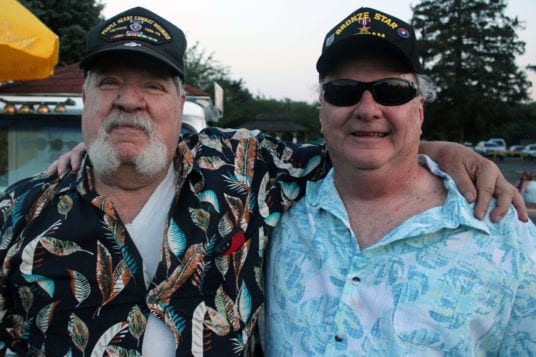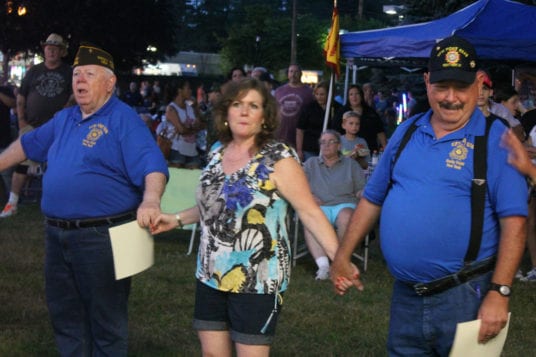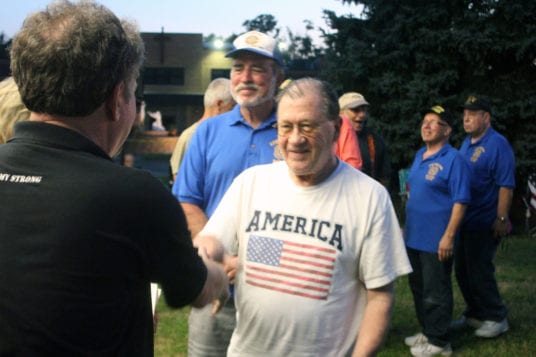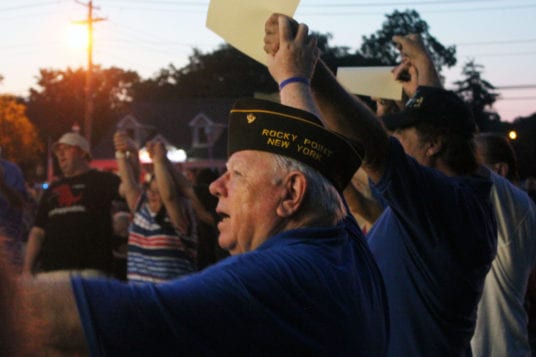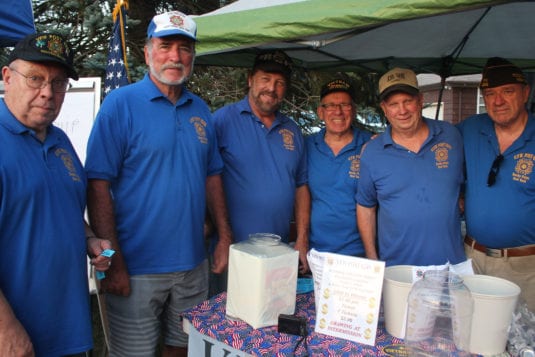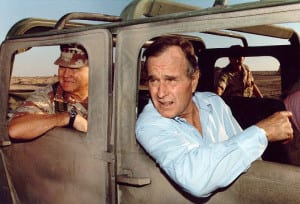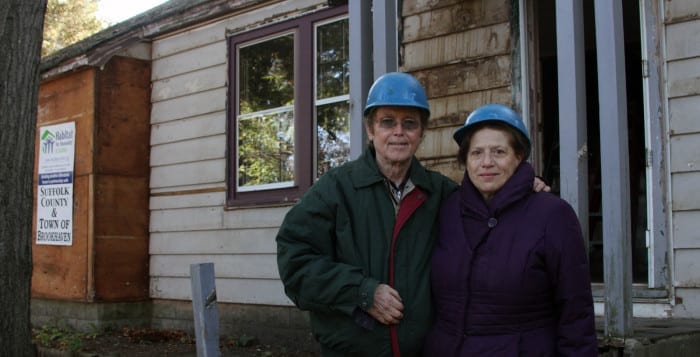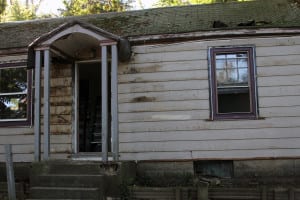By Caroline O’Callaghan
Suffolk County Executive Ed Romaine (R) and other Suffolk County representatives spoke on the lawn in front of the H. Lee Dennison Building in Hauppauge on March 29 to a crowd of around 400 people to commemorate the 50th Anniversary of the end of the Vietnam War. Most in attendance were some of Suffolk’s estimated 21,000 Vietnam War veterans – the largest gathering of Vietnam veterans in Suffolk’s history. The event hosted veterans and their families to food vendors and live performers.
There’s a temporary museum that’s open to the public until April 4 to mark the 50th anniversary of the Vietnam War ending. The exhibition houses preserved relics such as vehicles. “We are here on this beautiful day to say, ‘Welcome home,’” Congressman Nick LaLota (R-NY1) began the commemoration.
LaLota was flanked by members of VFW Post 6249 (Rocky Point) who contributed to the “colors ceremony” of the event, in which military members raise and lower the national flag as a display of patriotism before the start of a ceremony.
On March 29, 1973 the U.S. military assistance command over Vietnam was officially disestablished. In 2012, former President Barack Obama (D) proclaimed the date as National Vietnam War Veterans Day. Five years later, President Donald Trump (R) declared the holiday as a date of annual observance.
Many veterans felt a sense of gratitude for the gathering, not only because of the unprecedented warm weather. “Out of respect for all veterans, I’m thankful that we live in country that honors veterans,” said Jack Gozdziewski, proudly sporting a smile and his army-green cap.
Romaine hosted the gathering to offer the veterans “a little bit of closure” on behalf of Suffolk County and the country. Romaine continued, “It [the Vietnam War] was probably one of the most memorable events of their [the veterans] lives…”
For many of the veterans, the gathering was well overdue. Upon initially returning home from the war, many veterans were not acknowledged for their bravery in combat due to the geopolitical climate that had perpetuated a harsh rhetoric toward the U.S. troops. Kevin Cleary, a marine who served from 1967-1968, experienced backlash at his college for being a veteran. Cleary recalled there being “real enmity for veterans” at universities in the post-Vietnam era. “We [veterans] got blamed for starting the war,” said Cleary.
“They never felt like they were welcomed when they arrived home from the war, and this ceremony is to reinforce that. To thank them for their service, and welcome them home once again,” said Romaine.
There were those in attendance who were vocal about feelings of being forgotten. John Weldon Sr., a Purple Heart awarded combat veteran, verified that the gathering was long-delayed. “It’s about time they [U.S. government officials] did something for us. It took them 50 years.” said Weldon Sr.
Commitments to the veterans were made by the representatives who spoke at the ceremony. Representatives didn’t neglect to acknowledge the 1,576 U.S. Vietnam veterans who remain Missing In Action (MIA) to this day. They promised to uphold their legacy. This was after a prevalent statement made by Chad Lennon (R-Rocky Point), who promised to oversee hat “all veterans that served in combat will be welcomed home correctly” from now on in Suffolk County.
Those who gathered this past Saturday spoke of a unified front in spite of facing postwar adversity for decades. Veterans emphasized the importance of comradery and representation. Ed German is a radio personality, author and former U.S. marine who served in the war from 1967-1970. German explains, “it’s just good to be around a bunch of guys who all have one thing in common and it’s that we served in Vietnam.”
“Every chance I get to put on the ‘full-metal jacket’ –that’s what I call my uniform since it has all my medals on it – I do it because I’m here to represent what we did,” German continued. “And I don’t want it to be erased from history.”

